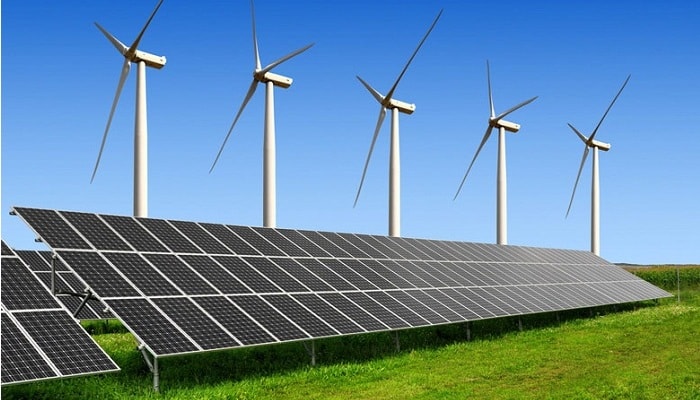Although solar as well as wind power installations and power generation are seeing a new light of day across Europe, policymakers must for sure take into cognizance the gap when it comes to baseload capacity and the rising demand for renewable electricity.
The fact is that Europe has loads of work to do when it comes to offering dependable and flexible grids in order to handle the rising influx of renewable energy within electricity generation and also its consumption.
In April 2024, the EU went on to witness a record low generation of power from fossil fuels and also a record high share in the electricity mix, as shared by Ember, the energy think-tank.
It is well to be noted that in April 2024, fossil fuels happened to produce less than a quarter of EU electricity for the very first time, while the renewables share, in a single month at 54%, happened to be boosted due to wind and solar and also a recovery in hydropower compared vis-à-vis April 2023, when the droughts had gone on to diminish the hydropower generation share. The question, however, arises as to what happens to solar and wind generation in the event that it is cloudy and there is no wind. The generation obviously dips and hence has to be compensated by way of other power generation sources or even energy storage.
The fact is that both Europe and the rest of the world are looking out for solutions in order to tackle the shuffle in wind and solar, and there is also a need to overhaul the grinds so they are capable enough to handle the rising renewable capacity. If solar and wind power do not have access to the grid, then there is no point in pushing these record-breaking additions in terms of capacity.
Policymakers across Europe and also elsewhere have to make sure to plan much better on how to make the most of the renewable boom. As per Ember, there is indeed a dearth of grid investments, which is leading to a lack of a lack of renewable additions, and all of this can also hold back the energy transition.
There is increased pressure faced by grids across Europe, which is leading to a slowdown in the integration of more renewable energy and also a switch to electric applications. One of the major reasons is that there is a lack of regulatory and financing frameworks, which can be partly blamed on poor long-term planning, thereby leading to an insufficient rollout of the energy infrastructure.
The fact is that unless Europe goes on to speed-up grid investments as well as planning and, at the same time, pushes for energy storage rollout, the record-high solar and wind power installations are just going to be numbers to tout sans advancing the transition of energy in actual terms.







































